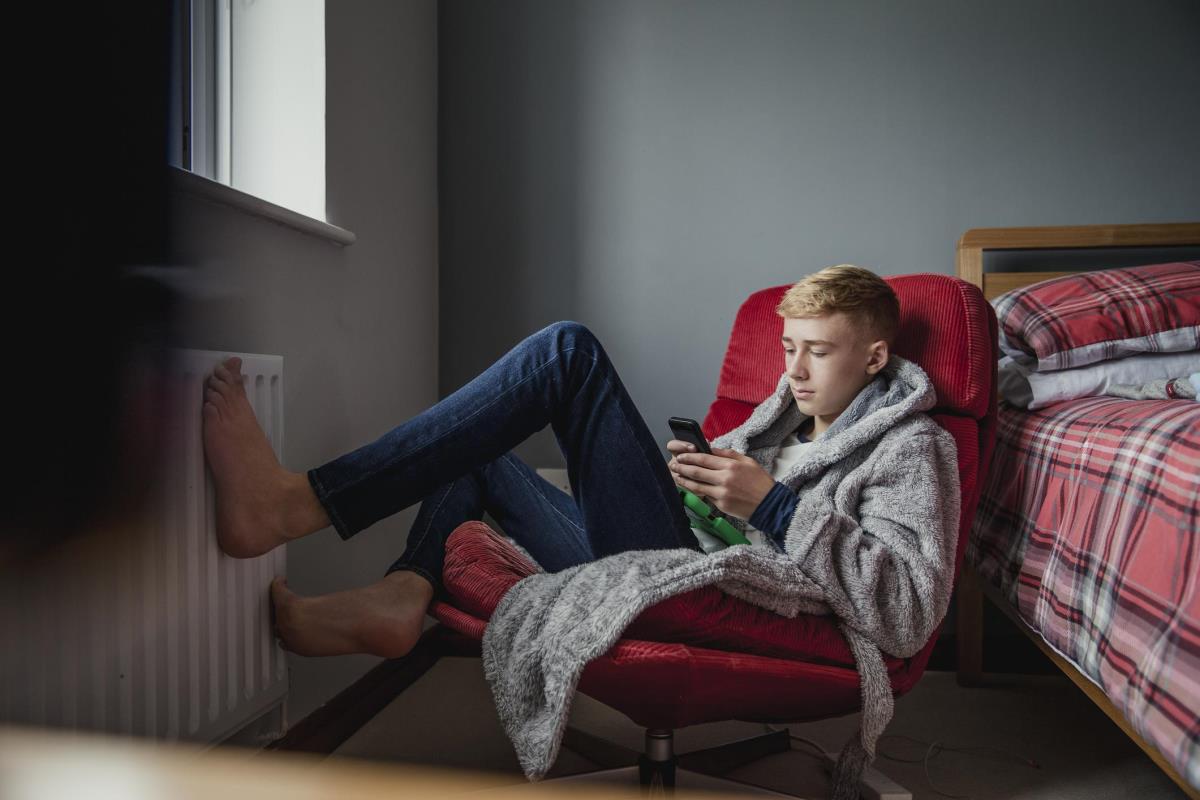Family Activities to Relieve Teen Stress
These are some simple stress relieving activities which may help your kids - and you – manage the stress and anxiety of daily life together.
The new ‘Coronavirus norm’ has presented us with a multitude of challenges and supporting teenage mental health is going to be a biggie for many families. For many teens and tweens, their worlds will have suddenly shrunk to the four walls of home – just as they were preparing spread their wings. Being cut off from their network and support system of friends and school life can be very stressful and cause anxiety.
Social media and social networking will undoubtedly help them to feel they’re staying connected, but being glued to screens or Tic Tok for endless hours isn’t ideal for mental wellbeing either. So if you are already self-isolating at home it’s worth trying these activities to not only keep them occupied but help provide tools mindfulness while we live through this experience and also potentially provide some positive family experiences at the same time.
Movement
We all know regular exercise has multiple benefits—not least of which is the release of endorphins and improved sleep, which help with mental wellbeing and decreased stress and anxiety. Exercising together as a family also provides a great forum for teamwork and family enjoyment. If you’re able to go out, consider a jog together, walk or even some goal-kicking or shooting practice. If you’re self isolating, try an activity like the YouTube fitness videos or some sporting (or dance) games on a Wii or Xbox (if you have them) – it’ll still provide you all with movement and even, if you’re lucky, a good laugh – which is always good for stress and much needed in this current climate!
Outdoor Time
Creating a relationship with nature also has multiple benefits. It whisks us away from our immediate cares and responsibilities and encourages us to slow down and appreciate the unique beauty of the scents, colours, and textures of the world around us. Even if it’s only for ten minutes in the garden or local park, spend a bit of time each day outside if you can. If you’re also working from home, consider creating a new routine of going for a family walk at lunch. It will reset and recharge each family member for the afternoon and – as an added bonus – possibly provide a relaxed atmosphere for chatting while walking side by side.
Meditation and Guided Relaxation: Relaxing and controlling breath, body, and mind is something that children can learn and harness to gain control in stressful situations. Meditation and relaxation will not only bring calm to their routine, but will also encourage mindfulness. The benefits gained from short meditation exercises will carry over into multiple areas of their life as they encounter other stressful situations in the future, but there’s no time like the present.
- Start with simple techniques at bedtime: while lying flat on your backs, talk your child through a guided relaxation sequence. Start at the top of the body and instruct your child to tighten and release the muscles in the face and head, then move onto the neck and shoulders, working all the way through to the feet and toes. Afterwards, spend a few minutes in quiet stillness. At first only a few minutes may be possible, but the time may increase with repeated sessions. To move beyond this, try some mindfulness apps together and see which ones you prefer. There are plenty targeted at teen users – from Headspace to Smiling Mind, Mindshift and calm.com.
Yoga
The combination of movement, strength building, stretching, and a focus on breath, makes yoga a terrific stress reliever for teens – and, in reality, the entire family. Of course it helps to build flexibility, coordination and body awareness, but it also creates a sense of calm and relaxation that extends beyond the experience. When using yoga as a stress management tool, keep in mind that the objective is not a lengthy power yoga session, but a simple, achievable session for all family members. Again, there are multiple apps and YouTube videos that can help with this.
Sensory Activities
Ok we know this is predominantly a little-kid activity, but if you have any sensory activities like kinetic sand, fidget spinners or squishies still lying around, you may be surprised at how quickly they get picked up if you periodically bring them out. Create an excuse like a spring clean of the cupboards or their bedroom to provide ‘an excuse’ to bring out other activities lurking at the back of cupboards like knitting kits, friendship band packs. Other quasi-scientific activities with magnets, Newton’s cradle or pin-art impression toys and rubix cubes can still keep some teens’ focus.
The point is that all these activities provide a tactile experience that’s soothing for the nervous system and spending time playing, sifting through fingers or fiddling with magnets gives valuable mental downtime that will help everyone feel calmer afterwards.
Writing and Drawing
Depending on where your teens interests lie, they might find it useful to write a journal to offload all their thoughts and worries or they may prefer drawing. This could be their own creations or grown up colouring in and dot-to-dot books, or learning to draw apps or even ‘extreme doodling’ - which is a fabulous marketing rebrand of colouring-in, targeting teens but none-the-less a great way to get absorbed in the creative zone and help decompression.
Though it may seem next to impossible some days, try to participate in at least one or two activities you all enjoy on each day. It will help to schedule this time in your day, just as you would have done a doctor’s appointment or games match – especially if you’re all at home together.




